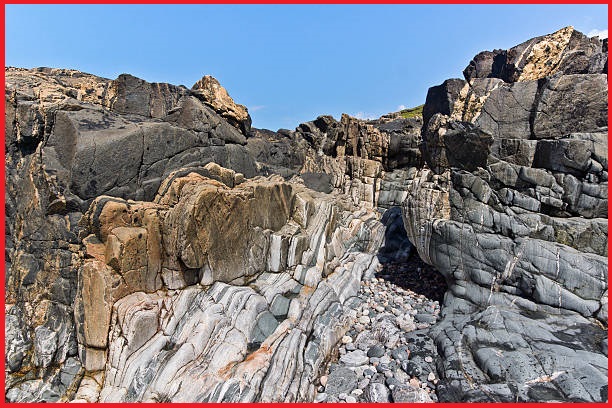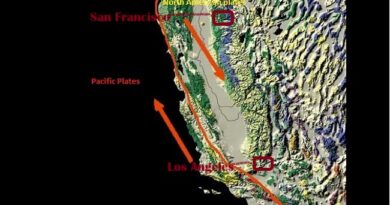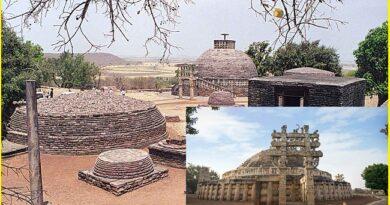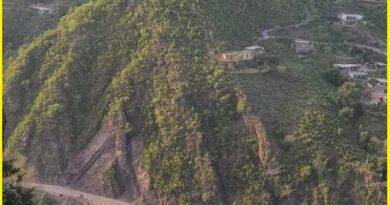The Lewisian Gneiss- One of the Oldest Gneiss rocks in Scotland
The Lewisian Gneiss
The Lewisian Gneiss is a geological formation that is found in the Outer Hebrides, Scotland. It is one of the oldest rock formations in the world, with an estimated age of between 2.7 and 3.0 billion years. The Lewisian Gneiss is composed of several different types of rock, including gneiss, granulite, and mica schist. These rocks were formed through a process of metamorphism, which involved intense heat and pressure over long periods of time.
The Lewisian Gneiss is of great interest to geologists and scientists because it provides a window into the early history of the Earth. The formation of this rock dates back to a time when the Earth’s crust was still forming, and the continents were just beginning to take shape.
In addition to its scientific significance, the Lewisian complex is also of cultural importance. It has been used for building materials, including for the construction of the Callanish Stones, a Neolithic monument on the Isle of Lewis. The Lewisian Gneiss is also featured on the Scottish £50 note.
Geology
The Lewisian complex or Lewisian gneiss is a suite of Precambrian metamorphic rocks. It forms part of the Hebridean Terrane and the North Atlantic Craton. These rocks are of Archaean and Paleoproterozoic age, ranging from 3.0–2.7 billion years. Lewisian complex form the basement on which the Torridonian and Moine Supergroup sediments were deposited. The Lewisian consists mainly of granitic gneisses with a minor amount of supracrustal rocks. The Lewisian complex rocks were caught up in the Caledonian orogeny, appearing in the hanging walls of many of the thrust faults formed during the late stages of this tectonic event.

This cliff of exposed Lewisian complex, at Oldshoremore Scotland, shows how the rocks were twisted under pressure deep in the Earth’s crust, creating this striking pattern of black (basaltic) and pink (from granite) gneiss. These ancient rocks in have counterparts in Canada and Greenland showing that Scotland once part of the same land mass, known as Laurentia.
Also read- The Cascadia Subduction Zone-Responsible for Hundreds of Earthquakes in History
What type of rock is the Lewisian gneiss
The Lewisian Gneiss is a type of metamorphic rock that is formed from pre-existing rocks such as granite, or basalt that have undergone intense heat and pressure. This process causes the minerals within the original rock to recrystallize, creating distinct bands or layers of different minerals within the gneiss. The Lewisian Gneiss is named after the Lewis region of Scotland where it is predominantly found.

Distribution
The main outcrops of the Lewisian complex are on the islands of the Outer Hebrides, including Lewis. It is also exposed on several islands of the Inner Hebrides, small islands north of the Scottish mainland. Its presence at seabed and beneath Paleozoic and Mesozoic sediments west of Shetland and in the Minches.



